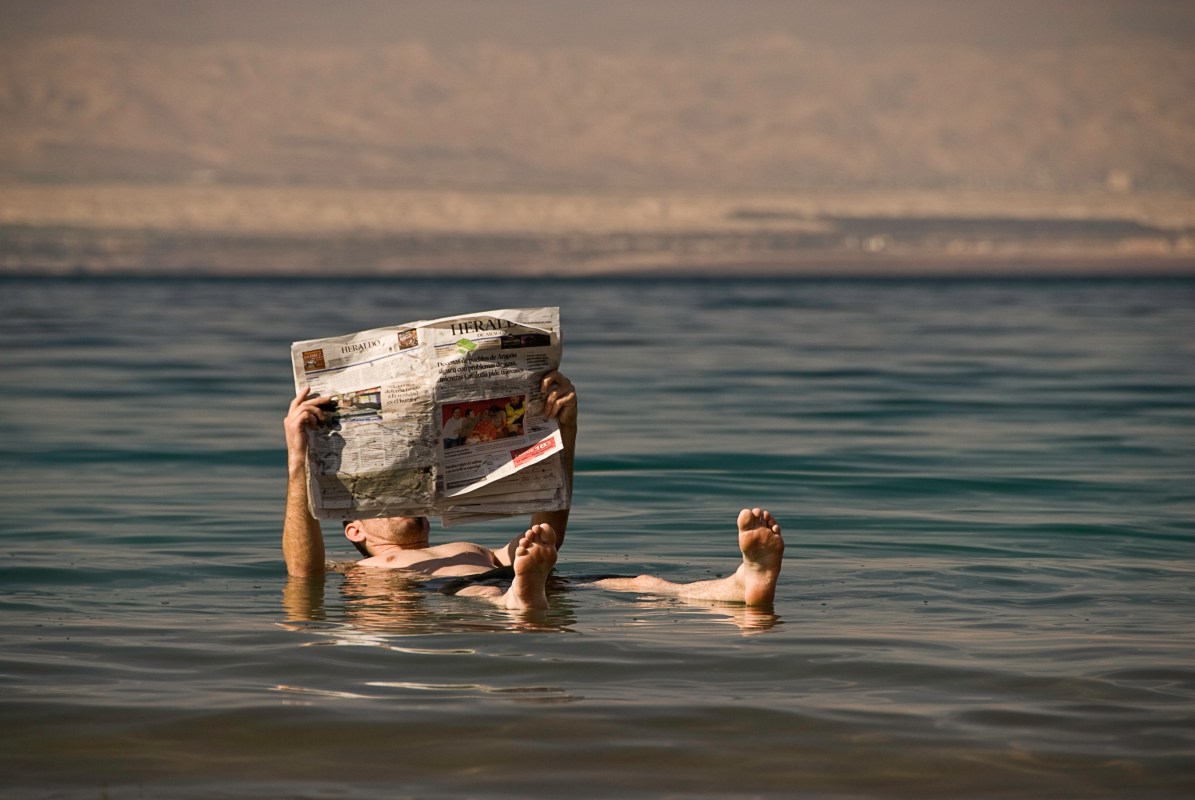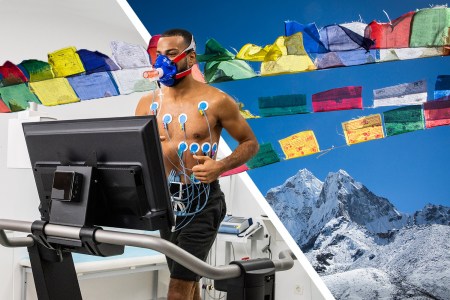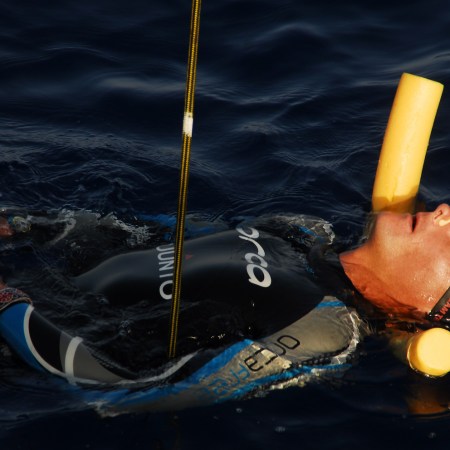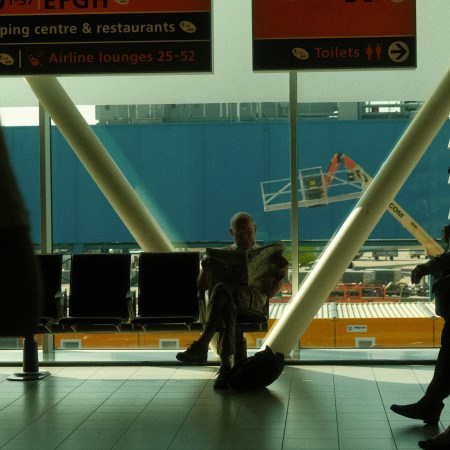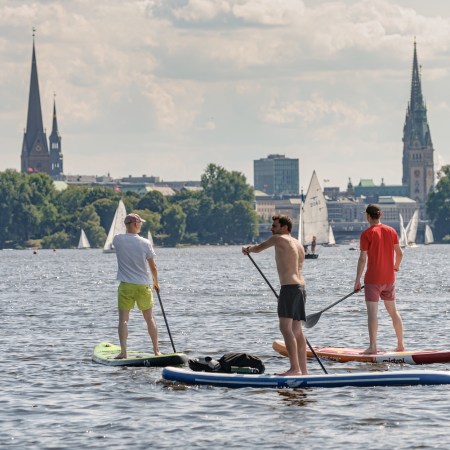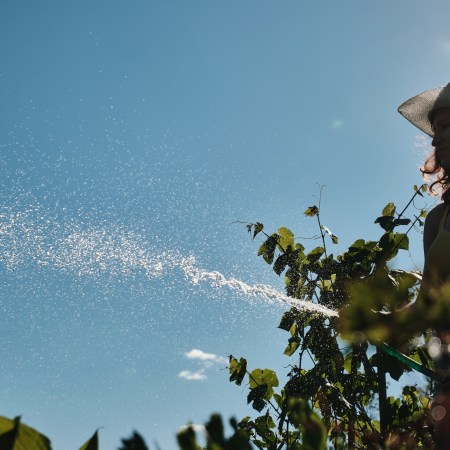The American Thomas Merton spent decades studying spirituality. A 20th-century Trappist, known to trade ideas with Buddhists, Confucianists and Taoists (a highly atypical practice for the time), he reached at least one colossal conclusion:
“There are times, then, when in order to keep ourselves in existence at all, we simply have to sit back for a while and do nothing. And for a man…nothing is more difficult than to sit still and rest, [to do] nothing at all. The very act of resting is the hardest and most courageous act he can perform: and often it is quite beyond his power. We must first recover the possession of our own being before we can act wisely or taste any experience in its human reality.”
As a monastic, Merton understood better than most that doing nothing is critical, and doing nothing is also difficult. This constitutes a rather significant rebrand for nothingness, elevating it from a slovenly act to an unflinching art.
How to Get Into “Himalayan Shape”
A training blueprint for those with zero plans of actually climbing EverestLotus-Eaters
Consider: one of the most famous historical examples of people “doing nothing” occurs on Homer’s island of the lotus-eaters. When foul winds drive Odysseus’s ship ashore, his men partake of the island’s peaceful narcotic, which lulls them into a relaxed and contented state. They weep bitterly when Odysseus drags them back to the ship — they’d have happily eaten the flower for eternity.
In more modern vernacular, a “lotus-eater” is synonymous with a bum, a deadbeat, a good-for-nothing. What were Odysseus’s men doing that was so wrong? Well, they were doing nothing. And they had a job to resume — a journey back to Ithaca — waiting for them at sea.
We’re Doing Too Much
Perhaps a lifetime of laggard luxury is too much to ask for. But mere moments of scatterbrained bliss are pretty hard for Americans to come by these days. In recent surveys, half of the population has reported experiencing “lots of stress” in the day prior. We’re all firmly acquainted with the phrase burnout by now.
“Burnout makes us more irritable, more destructive, less motivated, less hopeful,” a professor of neuoroscience at the Yale School of Medicine told CNN Health last year. How do we beat burnout? With better sleep, balanced work schedules and social connection. And by taking breaks. The only problem: when we do find these breaks — pockets of time that are somehow reserved for us as an individual — we tend populate them with all the things we’ve heard we’re supposed to be doing: exercising, cooking, cleaning, watching a new show.
Niksen
It’s not that these activities aren’t worthy pursuits. But they still qualify as doing something. And as Merton points out, how can you fully appreciate any of these things (aka, “taste any experience in its human reality”) without first “recovering the possession of your own being?
The best way forward might be a Dutch concept called niksen, which offers a blueprint for embracing one’s idleness. Niksen is a Dutch verb, actually, with the literal translation “to do nothing.” Big surprise: of the language’s similar-sounding, 19th-century words, “niksnut,” translates to “good-for-nothing.” But it’s the 21st-century now, and Dutch thinkers like Maartje Williems, who wrote a book on this topic, understand that purposelessness has purpose.
How to Embrace It
Some examples of niksen:
- Staring out the window
- Sitting on a park bench
- Watching a candle flicker
- Floating in a pool or lake
- Cloud-watching in a field
- People-watching from a bar terrace
- Listening to instrumental music
Proponents of niksen will argue for as little activity as possible. The entire idea is to strip away our usual crutches (phones, tasks, conversations), which are so effective at distracting our brains. The real benefits (combatting burnout, fostering creativity, curtailing aging) most likely come into play to when you fully embrace niksen.
Note that this isn’t an example of mindfulness, where you’re intensely aware of what you’re doing, but rather mindlessness. With practice, you’ll get good at not knowing you’re doing nothing — which is usually the reason we start doing something in the first place. That’s just the insecurity machine at work. Nothingness is scary. We’ve been instructed, for millennia, to avoid it all costs. But there’s courage in staring at ceilings.
The Charge will help you move better, think clearer and stay in the game longer. Subscribe to our wellness newsletter today.
